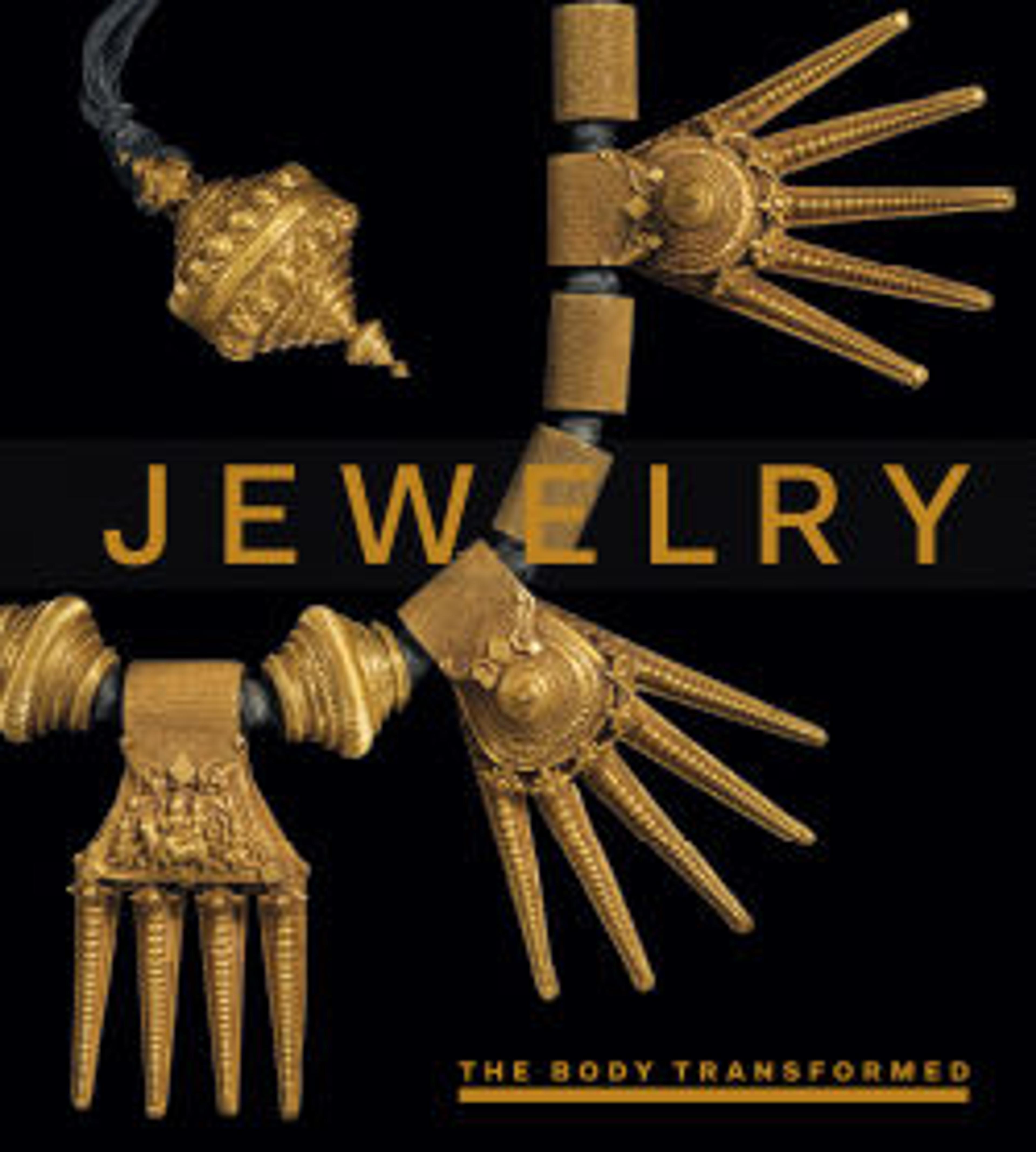Hip Ornament: Face
Benin history, religion, and political structure are brought to life every year in a series of palace rituals intended to purify the kingdom and renew the spiritual powers of the king, the oba. Many of these vivid and solemn rites were introduced by individual obas in order to commemorate events in their reigns and to promote important principles in the ideology of divine kingship.
At these palace festivals, the powers of the king, the roles of the various chiefs and titleholders, and the relationships between them are displayed for all to see. The arts play an important role in these rituals. The king and other participants wear their most lavish ceremonial costumes, consisting of vast quantities of costly imported coral beads, luxurious textiles, and ornaments made of gleaming brass and creamy ivory. This ornament in the shape of a man's face was part of such a costume, and was meant to be worn around the waist.
At these palace festivals, the powers of the king, the roles of the various chiefs and titleholders, and the relationships between them are displayed for all to see. The arts play an important role in these rituals. The king and other participants wear their most lavish ceremonial costumes, consisting of vast quantities of costly imported coral beads, luxurious textiles, and ornaments made of gleaming brass and creamy ivory. This ornament in the shape of a man's face was part of such a costume, and was meant to be worn around the waist.
Artwork Details
- Title: Hip Ornament: Face
- Date: 16th–17th century
- Geography: Nigeria, Court of Benin
- Culture: Edo peoples
- Medium: Brass
- Dimensions: H. 7 3/8 × W. 5 3/8 × D. 2 1/4 in. (18.7 × 13.7 × 5.7 cm)
- Classification: Metal-Ornaments
- Credit Line: Gift of Mr. and Mrs. Klaus G. Perls, 1991
- Object Number: 1991.17.49
- Curatorial Department: The Michael C. Rockefeller Wing
More Artwork
Research Resources
The Met provides unparalleled resources for research and welcomes an international community of students and scholars. The Met's Open Access API is where creators and researchers can connect to the The Met collection. Open Access data and public domain images are available for unrestricted commercial and noncommercial use without permission or fee.
To request images under copyright and other restrictions, please use this Image Request form.
Feedback
We continue to research and examine historical and cultural context for objects in The Met collection. If you have comments or questions about this object record, please complete and submit this form. The Museum looks forward to receiving your comments.
